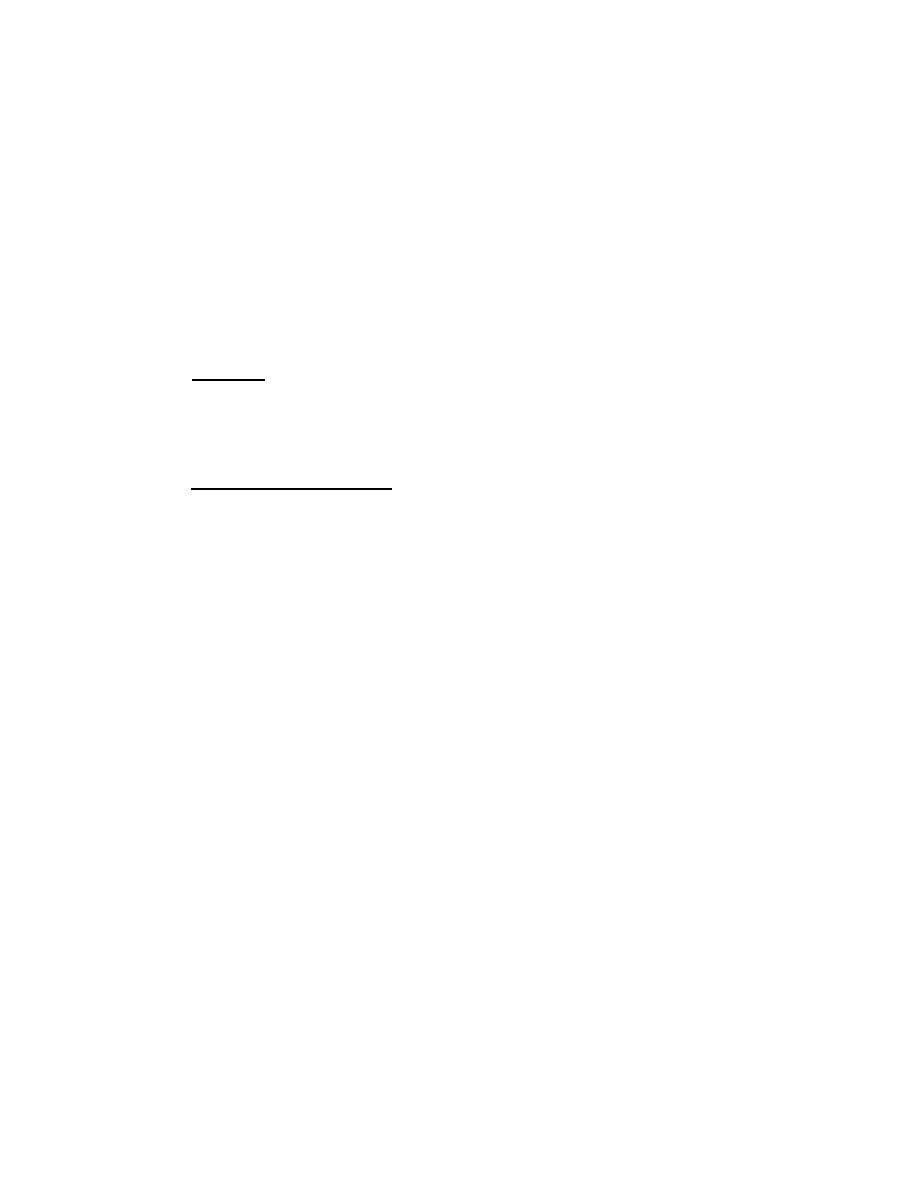

Custom Search
|
|

|
||
 strips and connecting brackets. Channeling and brackets will be replaced
by stainless steel studbolts, 3/4-inch in diameter by 2 1/2 inches long (10
threads per inch). The bolts will be positioned and welded to conform to
predrilled holes in the rubber fenders and chafing strips. If the rubber
fenders and chafing strips are not predrilled, they will be drilled to
conform to the positions of the stud bolts. Spacing of the bolts shall not
Figure 5-3 illustrates the recommended
exceed 16 inches on center.
attachment of fendering and chafing strips.
Welding.
All welding will be accomplished by trained and qualified
5.3.2.4
personnel following accepted procedures and standards contained in the
latest edition of AWS D1.1, "The Structural Welding Code."
Each buoy compartment will be tested for
Buoy Air-Pressure Test.
5.3.2.5
tightness at the joints by the application of air pressure. Unless the buoy
is under cover, at least 2 hours of clear weather will be required for the
test. The gauge used for the test must have a current calibration
certification. Proceed as follows:
Install a test plug fitted with a gauge in the top of each buoy
q
compartment.
Pressurize each compartment with 2 pounds per square-inch of air
q
pressure for a m i n i m u m of 30 minutes after stabilization o f
pressure.
Brush all joints and seams with a solution of commercial leaktesting
q
fluid. Two percent potassium bichromate may be added to the
solution to inhibit the formation of rust.
Leaks detected will be repaired and the buoy retested.
q
When all tests and repairs are completed, completely remove leak
q
testing solution before applying surface primers.
53
|
 |
|
 |
||